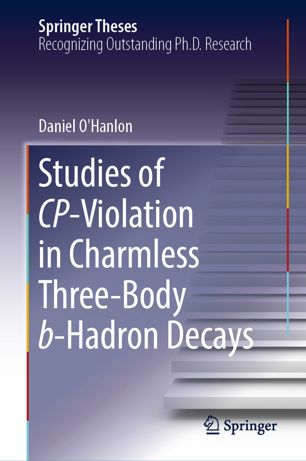

Most ebook files are in PDF format, so you can easily read them using various software such as Foxit Reader or directly on the Google Chrome browser.
Some ebook files are released by publishers in other formats such as .awz, .mobi, .epub, .fb2, etc. You may need to install specific software to read these formats on mobile/PC, such as Calibre.
Please read the tutorial at this link: https://ebookbell.com/faq
We offer FREE conversion to the popular formats you request; however, this may take some time. Therefore, right after payment, please email us, and we will try to provide the service as quickly as possible.
For some exceptional file formats or broken links (if any), please refrain from opening any disputes. Instead, email us first, and we will try to assist within a maximum of 6 hours.
EbookBell Team

4.4
22 reviewsThis book highlights two essential analyses of data collected during the LHCb experiment, based on the Large Hadron Collider at CERN. The first comprises the first observation and studies of matter-antimatter asymmetries in two three-body b-baryon decays, paving the way for more precise measurements of the relatively unknown decay properties of b-baryon decays. The second is an analysis of a charged B meson decay to three charged pions, where previously large matter-antimatter asymmetries were observed in a model-independent analysis. Here a model of the decay amplitude is constructed using the unitarity-conserving ‘K-matrix’ model for the scalar contributions, so as to gain an understanding of how the previously observed matter-antimatter asymmetries arise; further, the model’s construction yields the most precise and comprehensive study of this decay mode to date.